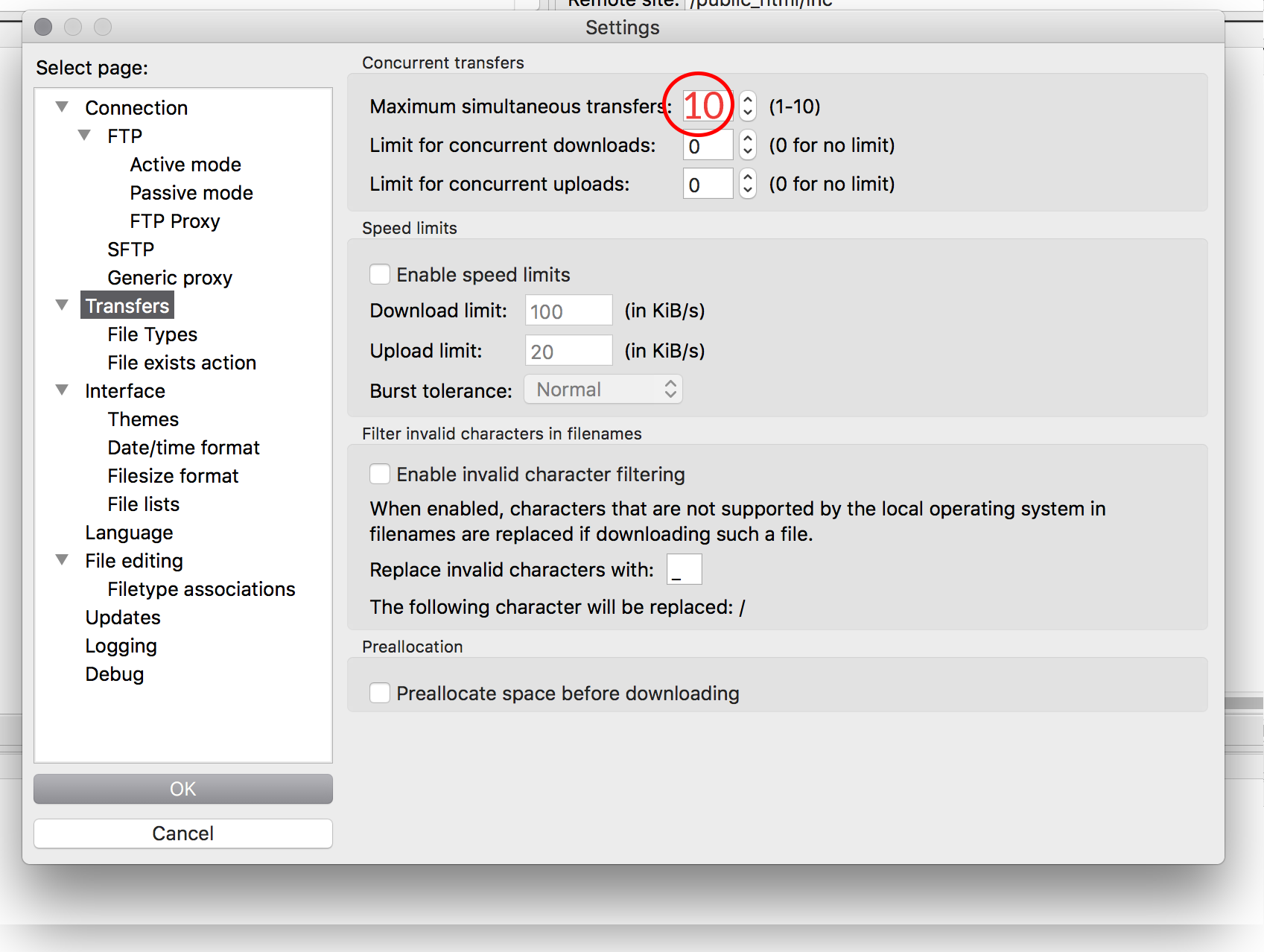

Have distinct roles implemented in a user-PI and a server-PI. The user and server sides of the protocol The communication path between the USER-PI and SERVER-PI for theĮxchange of commands and replies. This means the listening FTP server is expected to follow the standard FTP server protocol so if your FTP server requires authentication then it'll only allow a connection on an opened passive port that it chose to use for the data channel connection after user-PI authentication is established. Receives standard FTP commands from the user-PI, sends replies, and The server protocol interpreter "listens" on Port L for a connectionįrom a user-PI and establishes a control communication connection. The firewall does not block the server’s attempt to communicate with the client because the client initiated the communication both times.In terms of unauthenticated access being allowed to connect to your FTP server via an open data channel port on the listening FTP server as per the RFC 959:

NAT configurations do not block this connection request. In passive mode, the FTP client initiates both connection attempts. The firewall blocks the server’s attempt to communicate with the client because the server uses a different port than the first connection.

Network Address Translation (NAT) configurations block this connection request. In active mode, the FTP server responds to the connection attempt and returns a connection request from a different port to the FTP client. When you use a passive mode session, however, the data port does not always use port 20. During a typical active mode session, the command port uses port 21 and the data port uses port 20. Active and passive mode sessionsįTP uses a data port and a command port to transfer information between a client and a server.

For more information about firewalls, read our How to Configure Your Firewall for cPanel & WHM Services documentation. If you use the nftables, firewalld, or iptables applications for your firewall, you must enable firewall settings for the passive ports manually. If you use the ConfigServer Security & Firewall (CSF) firewall plugin, the system also adds passive port ranges to your server’s firewall by default. In cPanel & WHM version 60 and later, the system enables passive ports 49152 through 65534 for Pure-FTPd servers and ProFTPD servers by default.


 0 kommentar(er)
0 kommentar(er)
